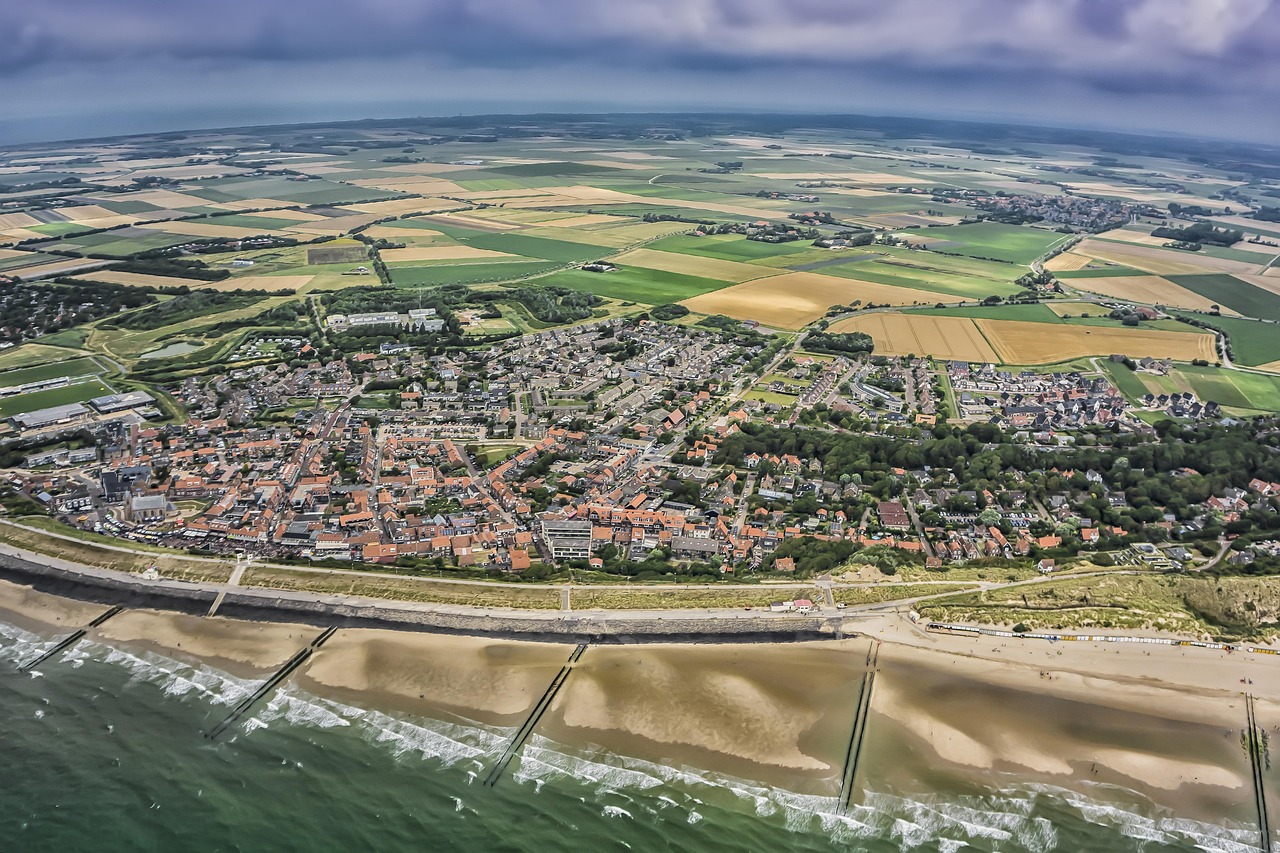
Our solutions


22
/
11
/
2022

Making public transport more flexible and inclusive, improving regional connectivity in sparsely populated areas, offering a feeder solution to the main transport network… There are many advantages of on-demand mobility, but what are the main areas of application?
Connecting peripheral areas to the existing public transport network is one of the big challenges for cities. It is sometimes counterproductive and also very expensive to set up new fixed lines. Many cities such as Strasbourg or Orléans therefore rely on dynamic, demand-driven transport solutions:
Rural areas are a real challenge for mobility providers, as demand is usually low here and routes are very long. Nevertheless, especially elderly or young people depend on a well-functioning public transport system. Padam Mobility’s solutions can therefore support areas with low population density in the following way:
Improving the mobility of persons with reduced mobility through on-demand transport is an important goal of DRT. It is the most widespread use case in the world, and many people automatically associate DRT with Paratransit. Padam Mobility solutions support Paratransit services as follows:
Learn more about: What your Paratransit users really need
How to offer better interconnection of public transport on a regional level? How can you manage multiple on-demand services on just one platform, as TAD IDFM, for example, is demonstrating? Padam Mobility provides the ideal solutions for these tasks:
Download our case study “How to better connect urban centres and peri-urban areas with DRT?”
Maintaining a public transport service even when demand is low is a challenge. Thanks to its flexibility, on-demand mobility can ensure an attractive public transport service during these times without being inefficient, as the example of QuiBus in Padua shows.
This use case is aimed at companies that want to ensure smooth transportation of their employees to, from or within their business parks and campuses. Besides the impact on their attractiveness, companies use Padam Mobility’s on-demand transport to:
Download our case study on this topic!
Whether for occasional events (festivals, fairs, etc.) or ever-existing cultural institutions (theatres, museums, etc.), on-demand mobility solutions can significantly relieve the traffic situation. Regardless of the availability of the offer (often on weekends, at night) or the areas to be served, on-demand offers can serve the demand much better due to their flexibility. They also enable users to travel without their car. If several people would refrain from travelling by their car, the sector could significantly reduce its ecological footprint: After all, 80% of the sector’s CO2 emissions are caused by visitors’ journeys.
At a glance, the benefits of on-demand transport for the cultural sector:
Read about the ADAMO project in Brussels
Autonomous public mobility has the potential to play an important role in the development of an environmentally friendly, safe and efficient public transport infrastructure. The EU-funded projects AVENUE and Ultimo, in which Padam Mobility is involved, show that this is not a pipe dream. On-demand services that pick up passengers autonomously and drop them off at their desired destination help to improve current problems of the public transport sector. They are resource-saving, environmentally friendly and a safe transport alternative.
Autonomous on-demand services are particularly suitable for the following use cases:
We are happy to advise you! Let’s get in touch!
.jpg)
18
/
12
/
2025


29
/
08
/
2025

.png)
16
/
12
/
2025
